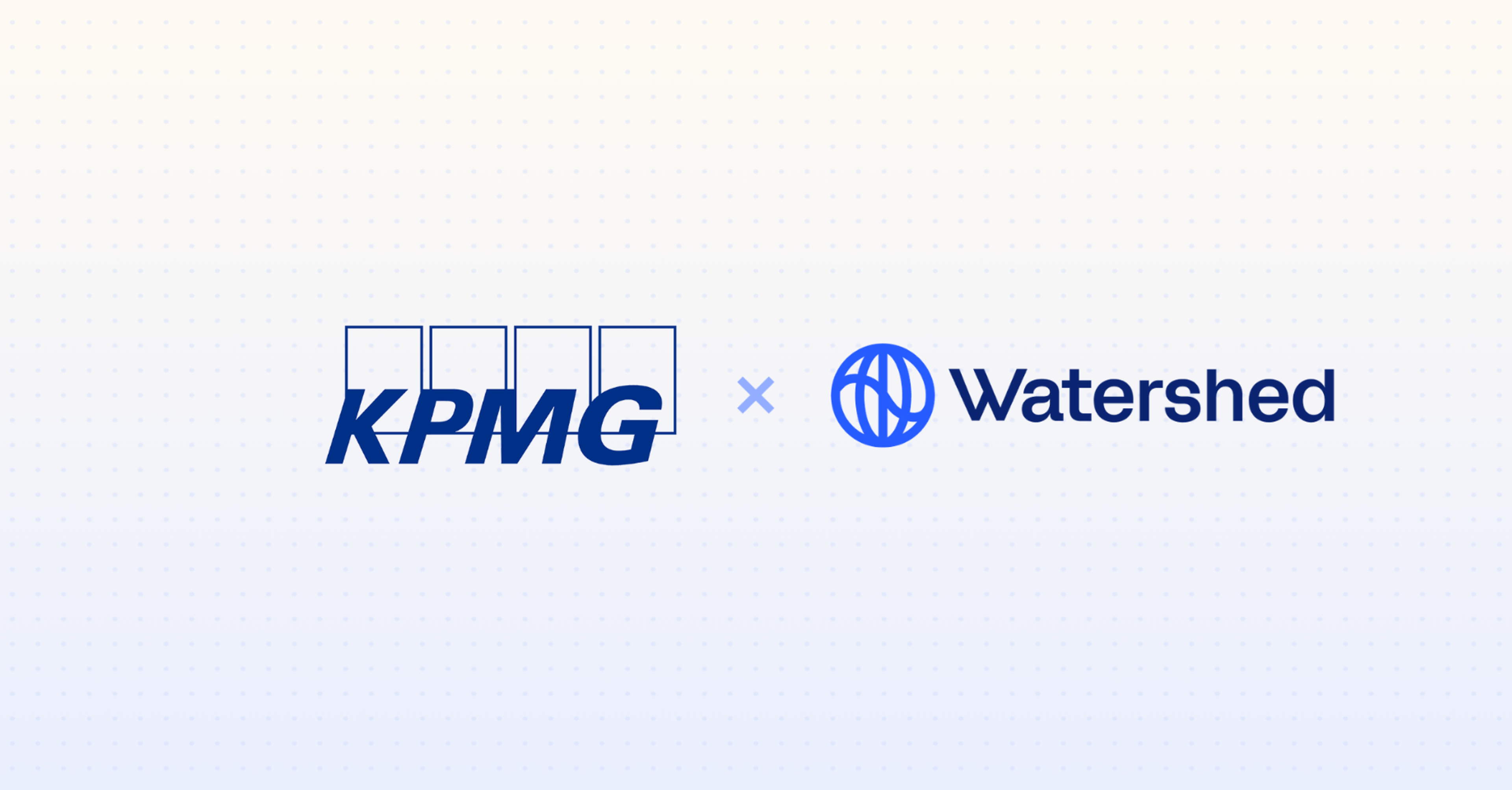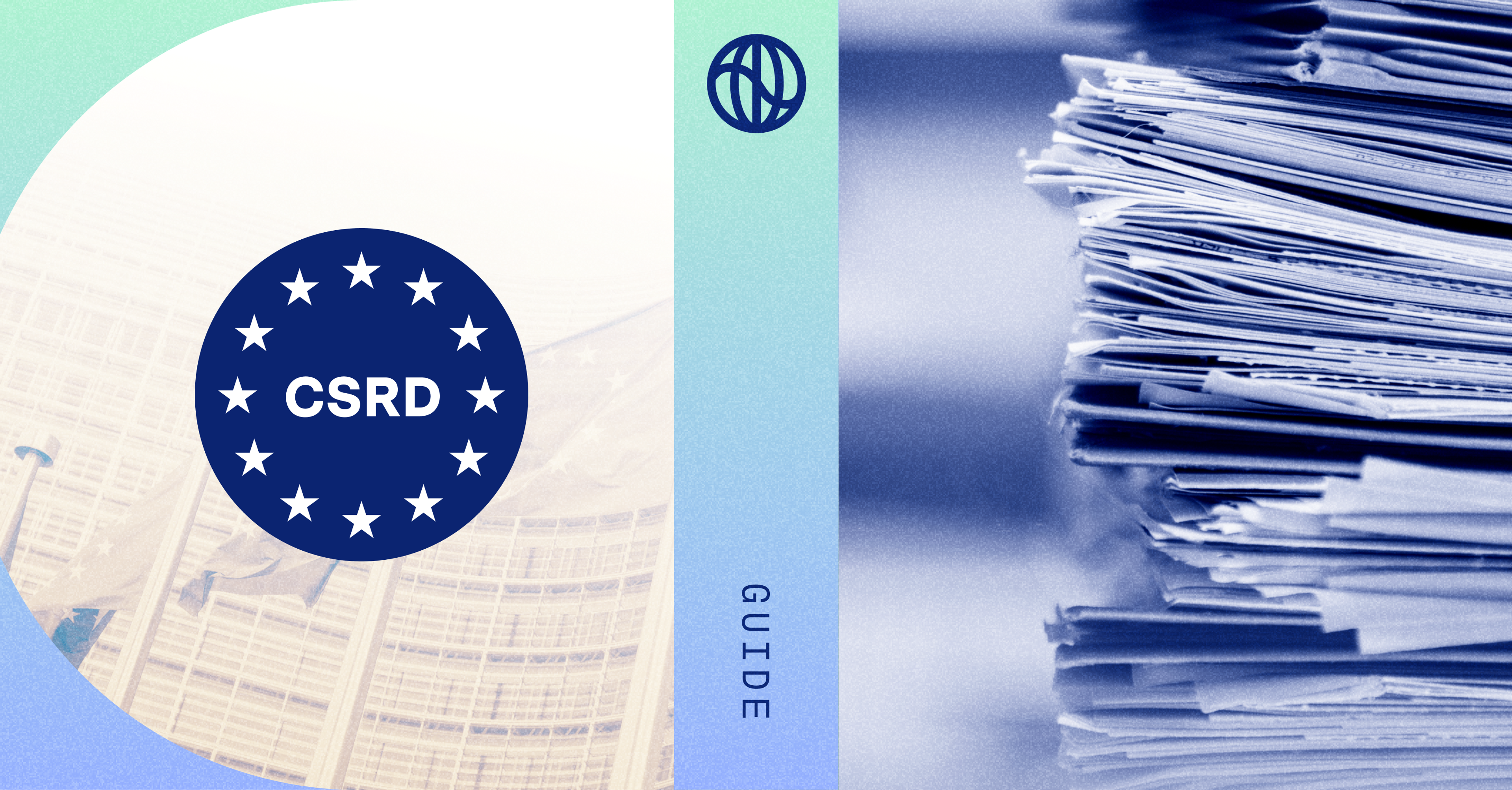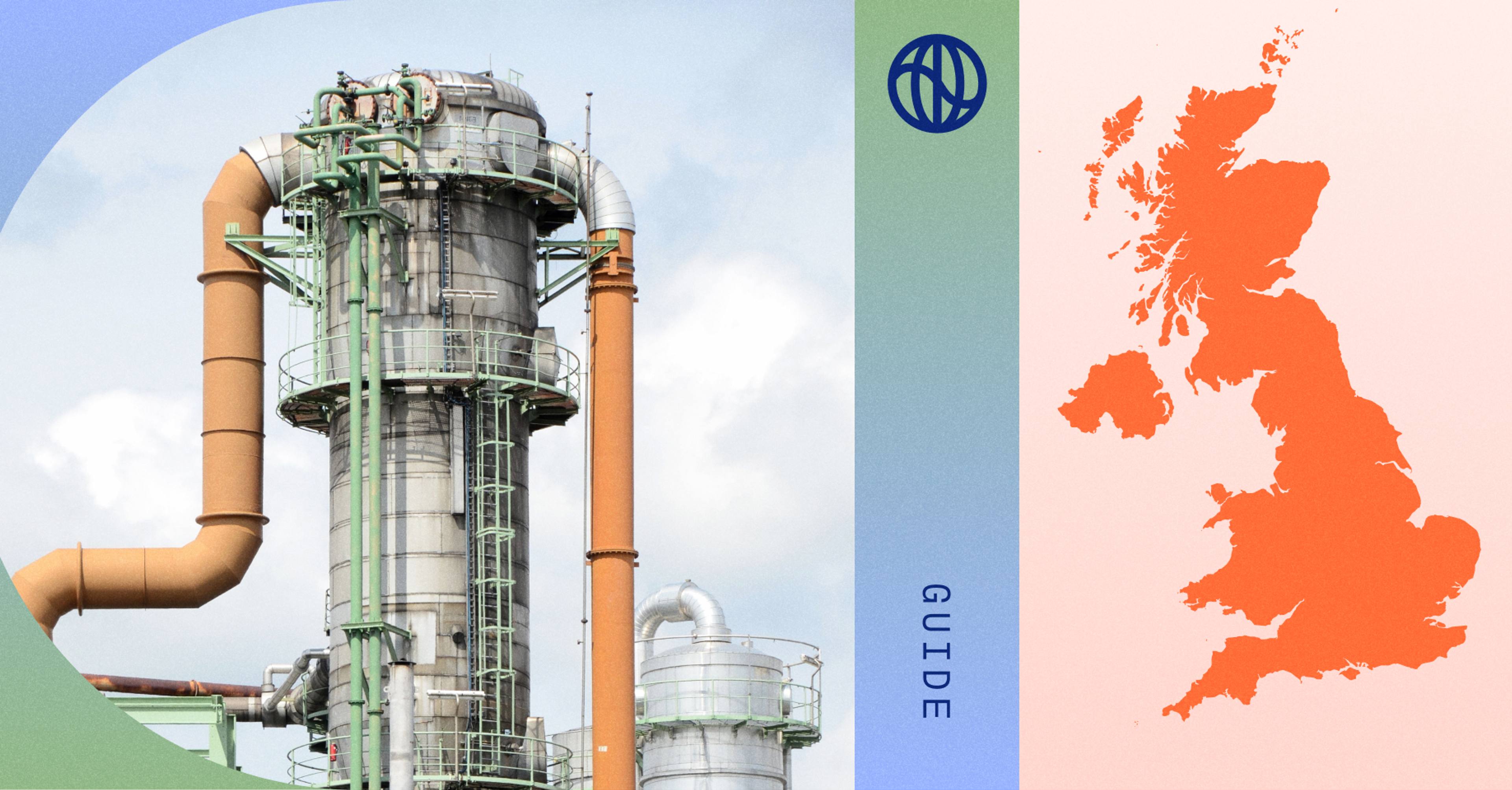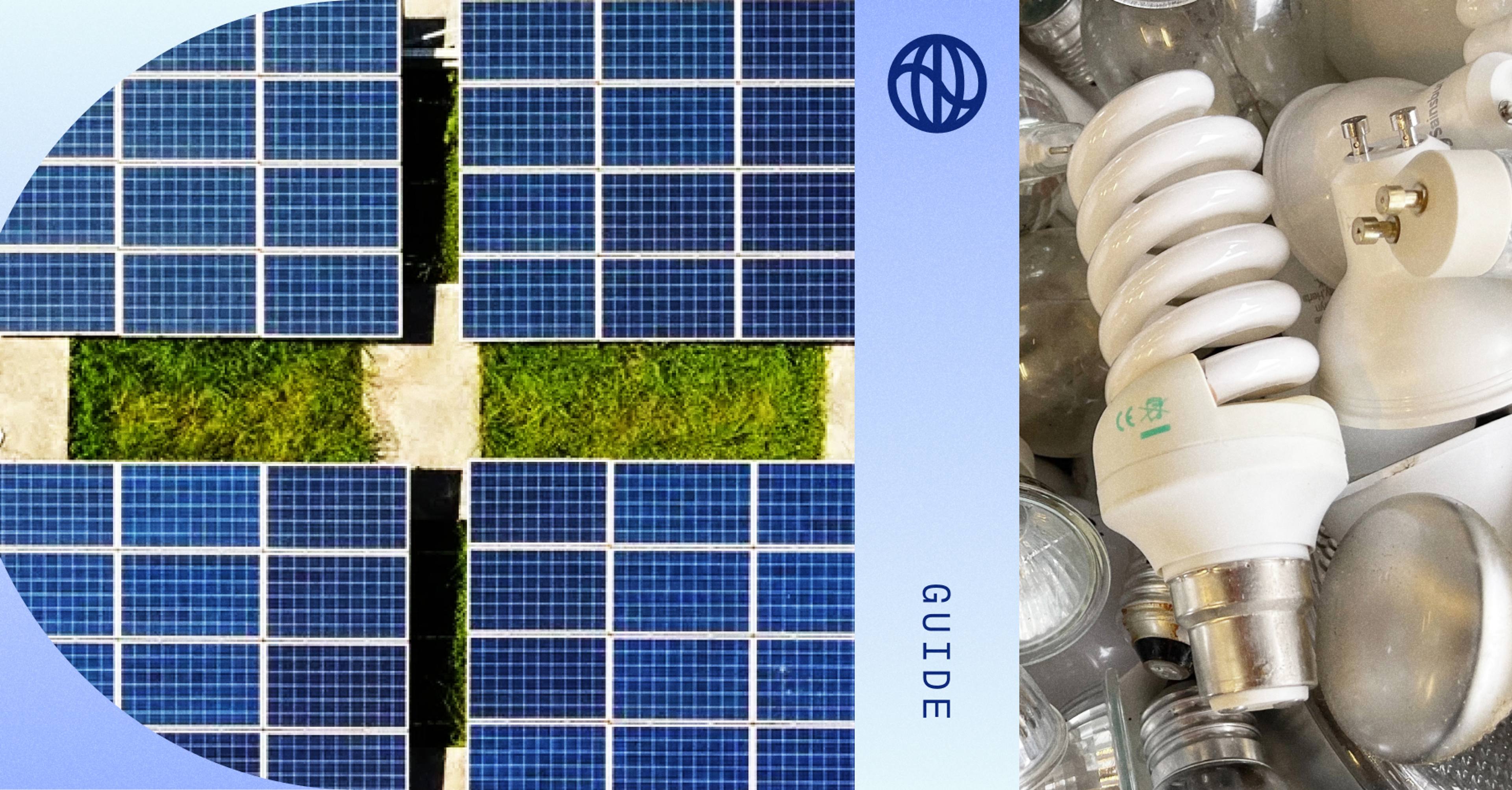This is the make-or-break decade for climate action, and companies are leading the charge. But while there’s now wide consensus on the initial steps—measuring footprints, sourcing clean power, and decarbonizing supply chains—there’s still a lot of confusion about what comes after.
For companies with climate commitments like a net zero target, emissions cuts will not be enough: remaining output must be neutralized in some way, usually with carbon credits. These credits are also helpful to bridge the gap while a business is implementing its reduction plans, which can take time to scale.
However, carbon credits fall along a confusing spectrum of impact and availability: some are empty greenwashing, and others are critical to the climate solution.
This guide is about the real-world impact of each credit type, and how to source them in a way that meets corporate goals while making a meaningful difference in the climate fight.
Carbon avoidance vs. carbon removal
Once a company cuts emissions as heavily as they can, what do they do about the remainder?
- Some companies pay others to avoid equal amounts of their own emissions. These are carbon avoidance credits (akin to traditional carbon offsets), which are typically associated with carbon neutral goals.
- Some companies pay for the removal (and storage!) of carbon from the atmosphere, also in amounts equal to their own emissions. These are carbon removal credits, which are a core part of net zero goals.
- Finally, some companies seek to create impact beyond their own footprint, known as “beyond value chain mitigation.” This can include either carbon removal or carbon avoidance credits and is associated with Science-Based Targets.
The difference may seem semantic, but it matters. To avoid the worst effects of climate change, we need to remove billions of tonnes of CO2e by the middle of the century. That will only happen if companies and governments fund carbon removal solutions today so that they can be deployed cost-effectively at scale tomorrow.
This doesn’t mean that avoidance projects can’t be part of the solution though, especially within a portfolio of carbon credits balanced between impact and cost. Avoidance projects can help protect existing carbon sinks (e.g., improved forest management) and accelerate investments in stemming greenhouse gasses (e.g., methane) typically underemphasized in climate programs. They also often don’t face the same supply constraints present with many high quality removal projects. Investments in avoidance projects buy us time to implement reduction plans and scale permanent carbon removal.
High quality carbon avoidance projects vs. low quality avoidance projects
Take an example low-impact avoidance program: a sourcer identifies a forest either unappealing to loggers or already being preserved for other reasons, then offers the owners additional income to continue with their plan to not log. These credits are then sold for bargain prices (a few dollars per tonne) to companies willing to trade impact for cost savings. Critically, no additional deforestation or carbon release are prevented by the sale of these credits.
By contrast, high-impact avoidance programs have mechanisms to ensure:
- Additionality. Buyers shouldn’t pay for something that would have likely happened anyway. High-additionality avoidance credits drive outcomes only made possible by the revenues from the purchase of those credits.
- Permanence. It’s no use paying for avoided emissions if the carbon is going to leak back into the atmosphere later anyway. The best programs have the long-term in mind.
- Leakage: What is the risk of displacing activities that shift emissions from the project to another site? Projects must clearly document their plan to ensure displaced carbon-emitting activities are accounted for, and don’t negate the positive effects of the carbon removal activities
While the most widely-known credits involve forests, some of the highest-impact programs involve other greenhouse gases.
Startups like Tradewater are working to safely eliminate refrigerants that have up to 11,000x the warming capacity of CO2. This is highly additional work that no one otherwise has an incentive to do, that’s done via permanent destruction where buyers don’t need to worry about project abandonment or long-term containment.
What is Carbon Removal?
Removal is about taking already-emitted carbon from the air and sequestering it. These projects come in two basic flavors:
- Nature-based solutions that improve nature’s ability to do what it already does (e.g., planting more trees; getting soil to store extra carbon).
- Permanent carbon removal solutions that suck CO2 from the atmosphere directly through engineered means or by accelerating natural carbon cycles.
Nature-based solutions are critical: we need to restore balance to the earth’s carbon sinks, and they offer immediate, lower-cost impact. But nature-based solutions won’t get us all the way: there’s only so much arable land. High quality projects are increasingly supply constrained, and if we’re going to limit global warming to 1.5 C or less, we need engineered solutions that can scale up to annual removals of at least 10% of current global emissions.
Some of the most promising projects include:
- Direct air capture: Startups like Heirloom, one of our supplier partners, are working to isolate and trap CO2 from the air directly for either re-use or permanent storage.
- Bio-oil: Charm, another supplier in our marketplace, is putting oil back in the ground, using plants to soak up CO2 that’s then converted into biomass and pumped deep into the earth.
- Enhanced rock weathering: This technology harnesses and accelerates a natural carbon removal process. By grinding up silicate rocks, like basalt, and spreading the dust over large areas of agricultural land, companies like UNDO and Eion (both suppliers in our marketplace) aim to capture one million tonnes of carbon dioxide in the coming decades—removal that would otherwise take millions of years. The high surface area rock dust absorbs carbon dioxide directly from plant roots and soil microbes in the ground.
To date, Watershed customers have purchased carbon removal from more than 45 different nature-based and permanent carbon removal projects, from direct air capture and bio-oil sequestration to reforestation and biochar. We have also sponsored multiple new carbon removal projects with close CDR suppliers alongside our customers.
The Watershed Marketplace also offers a first-of-its-kind partnership with Frontier, an advance market commitment to accelerate permanent carbon removal. The partnership enables Watershed customers to buy in to the most promising permanent carbon removal pathways currently in development—paving the way for a thriving sector whose success is critical to hitting climate goals.
Carbon removal vs avoidance: Key takeaways
In a nutshell:
- Low quality avoidance projects = “greenwashing” with little-to-no impact.
- High quality avoidance projects = an optional ingredient in a carbon credit portfolio, currently less supply-constrained than removal solutions.
- Nature-based removal = a cost-effective way to drive near-term impact.
- Permanent carbon removal = the gold standard; critical to a net zero world.
When planning these purchases, there are a few things to consider:
- How much can you reduce your carbon footprint through operational changes like procuring clean power in order to limit the number of carbon credits you’ll need?
- Do you want to invest in solutions that deliver impact beyond your value chain and your specific emissions footprint?
- What are the goals of your carbon credit purchase: maximizing impact, minimizing costs, or supporting a particular project type or location that’s aligned with your business or desired stakeholder narratives?
- What’s your target budget or price per tonne of carbon?
- Do you have the bandwidth to source carbon credits yourself, including diligence, contracting with multiple suppliers, and credit retirement, or do you prefer to work with a partner (like Watershed)?
- Do you need the credits now (e.g. to be carbon neutral in a given year), or later, (e.g. for a longer-term net zero goal or science-based target)?
- In order to lock-in supply and pricing, and to support newer projects, are you open to forward contracts that deliver credits in the future, potentially over multiple years?
These guidelines should help you choose the right mix of carbon avoidance and removal credits for your particular plan and budget.












